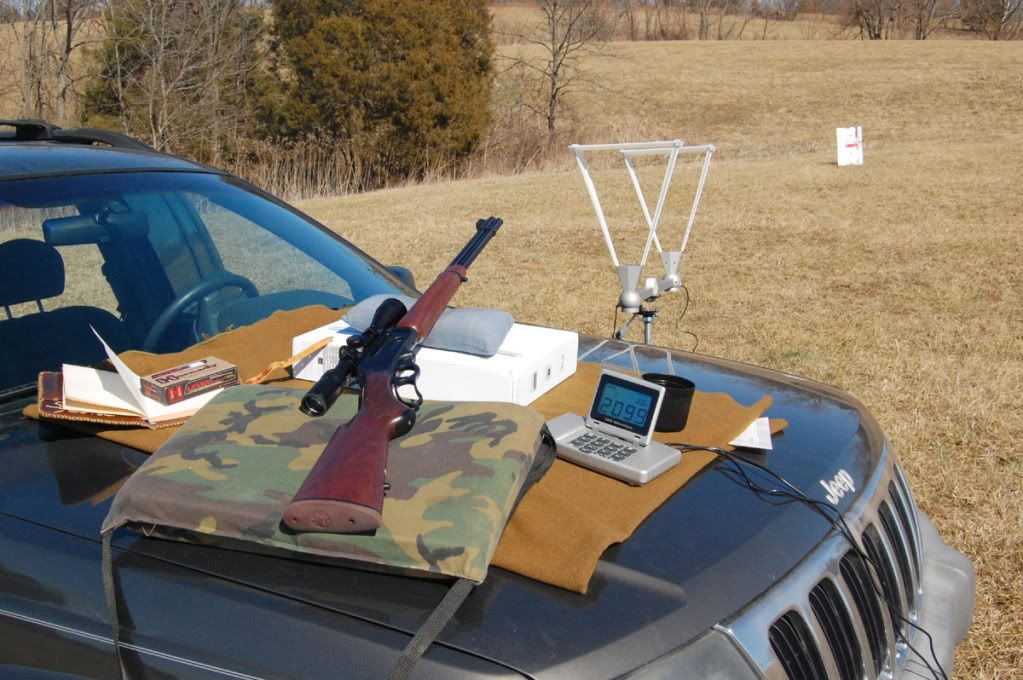ebiggs said:
I would bet, no matter how many computer calculations or ballistic engineers you have, actual on site confirmation is probably a certainty. Calculations are fine to a point but ya gotta actually confirm they are correct. Sometimes funny things happen that even the best miss with just a slide rule!
Einstein managed to postulate E=MCsquared long before computers, but also with no ability to measure the end result. Many applications of this formula have lead to a great many new things, not a all of them good admittedly.
The same is true of the first calculations of the size of our universe, using only triangulated measurements of the passing of Venus across the sun. Those calculated values are still being used as no one yet has physically measured the ACTUAL distance from earth to the sun, though the measurements have been validated by radio wave transit times, satellites that flew past but close etc. It is amazing just how accurate the first measurements were.
The whole point of mathematics is that if you know enough of the values that affect the variables, you can calculate the values that are not known. Knowing the initial muzzle velocity, weight, sectional density, wind values and BC you CAN very accurately calculate velocity, time of flight etc at various distances down range. These can be refined by adding humidity, temperature and elevation, but their affects are far smaller than the major variables first mentioned.
If you want to measure the actual velocity at a set distance, to satisfy your curiosity or to see if you can slide a bullet accurately through that small an opening at 600 yards, be my guest. Personally I, I am more than happy to rely on math formulas and calculation structures that have been proven over many decades.
All that said, thanks to those who supplied actual Chrono or speed data as requested. That is what I needed to work with and it has done the job just great.








